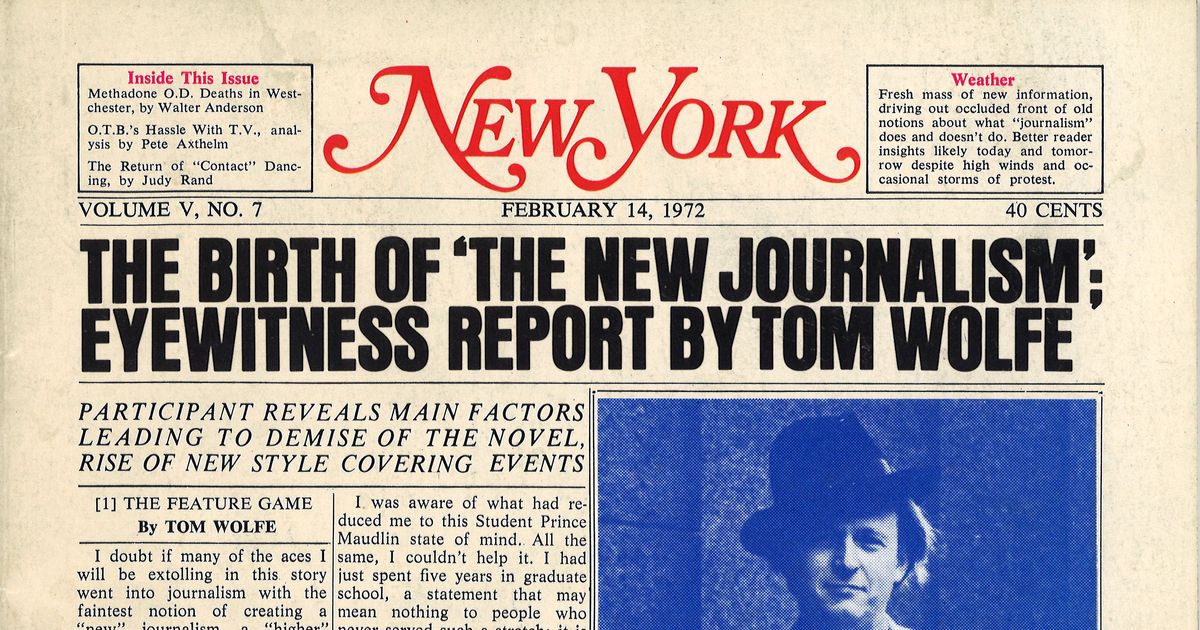News Articles Can Be Fun For Everyone
Table of ContentsThe Ultimate Guide To News Articles7 Simple Techniques For News ArticlesGet This Report on News ArticlesThe Greatest Guide To News Articles3 Easy Facts About News Articles Described
Excellent expertise of various topics gives pupils an one-upmanship over their peers. Although digital and social media sites are easily available, we must not neglect just how important it is to check out the newspapers. Moms and dads must try and instill the routine of reviewing a paper as a daily regimen to proceed the legacy of the adored print tool.Newspaper article also contain a minimum of among the following vital features about the designated target market: closeness, importance, timeliness, human rate of interest, anomaly, or repercussion. The relevant term journalese is often utilized, typically pejoratively, to refer to news-style writing. An additional is headlinese. Newspapers normally follow an expository writing style.
Within these restrictions, news stories additionally intend to be extensive. Among the bigger and much more highly regarded newspapers, justness and balance is a significant element in presenting info.
Newspapers with a worldwide target market, for instance, have a tendency to make use of an extra official style of creating. News Articles.; usual style overviews consist of the and the United States News Design Book.
3 Easy Facts About News Articles Described
As a rule, reporters will not make use of a long word when a short one will certainly do. They utilize subject-verb-object construction and vibrant, active prose (see Grammar). They use stories, examples and allegories, and they hardly ever depend upon generalizations or abstract concepts. News authors attempt to stay clear of making use of the same word much more than as soon as in a paragraph (in some cases called an "echo" or "word mirror").
Headlines occasionally omit the subject (e.g., "Leaps From Boat, Catches in Wheel") or verb (e.g., "Feline female lucky"). A subhead (likewise subhed, sub-headline, subheading, subtitle, deck or dek) can be either a subordinate title under the main heading, or the heading of a subsection of the short article. It is a heading that precedes the main message, or a group of paragraphs of the major message.

Extra billboards of any of these kinds might appear later on in the post (particularly on succeeding web pages) to attract further reading. Such billboards are additionally utilized as pointers to the article in various other areas of the magazine or website, or as advertisements for the item in other magazine or websites. Common structure with title, lead paragraph (summary in strong), other paragraphs (details) and contact details.

Instance of a hard-lead paragraph NASA is recommending an additional space project. The firm's budget plan request, introduced today, included a strategy to send one more objective to the Moon. This moment the firm wants to develop a long-lasting facility as a jumping-off point for various other room adventures. The budget plan demands around $10 billion for the task.
The NASA statement came as the company requested $10 billion of appropriations for the job. An "off-lead" is the second essential front page news of the day. The off-lead appears either in the top left corner, or straight listed below the lead on the. To "hide the lead" is to begin the short article with history information or details of additional relevance to the readers, requiring them to review even more deeply into a write-up than they should need to in More Info order to uncover the crucial factors.
The Single Strategy To Use For News Articles
Usual use is that one or 2 sentences each form their very own paragraph. Reporters typically explain the organization or framework of a newspaper article as an upside down pyramid. The necessary and most fascinating components of a tale are put at the start, with sustaining details complying with in order of lessening relevance.
It permits individuals to discover a subject to just the depth that their interest takes them, and without the charge of information or nuances that they can think about unimportant, yet still making that information offered to more interested readers. The upside down pyramid structure also enables write-ups to be cut to any type of approximate length during design, to suit the space offered.
Some writers start their tales with the "1-2-3 lead", yet there are numerous kinds of lead offered. This style usually starts with a "Five Ws" opening paragraph (as defined over), followed by an indirect quote that serves to sustain a significant element of the very first paragraph, and after that a straight quote to sustain the indirect quote. [] A twist can describe several points: The last tale in the news broadcast; a "delighted" story to finish the program.
Longer articles, such as publication cover write-ups and the pieces that lead the within areas of a newspaper, are known as. Function stories vary from straight news in check these guys out a number of methods.
Unknown Facts About News Articles
A function's first paragraphs commonly connect an interesting moment or event, as in an "anecdotal lead". From the details of a person or episode, its view quickly expands to generalities about the tale's subject.

The Editor's Toolbox: A Reference Guide for Beginners and Professionals (2001) Allan M. Siegal and William G. Connolly. The New York Times Handbook of Style and Use: The Authorities Design Overview Utilized by the Writers and Editors of the Globe's Most Authoritative Newspaper (2002) M. L. Stein, Susan Paterno, and R.